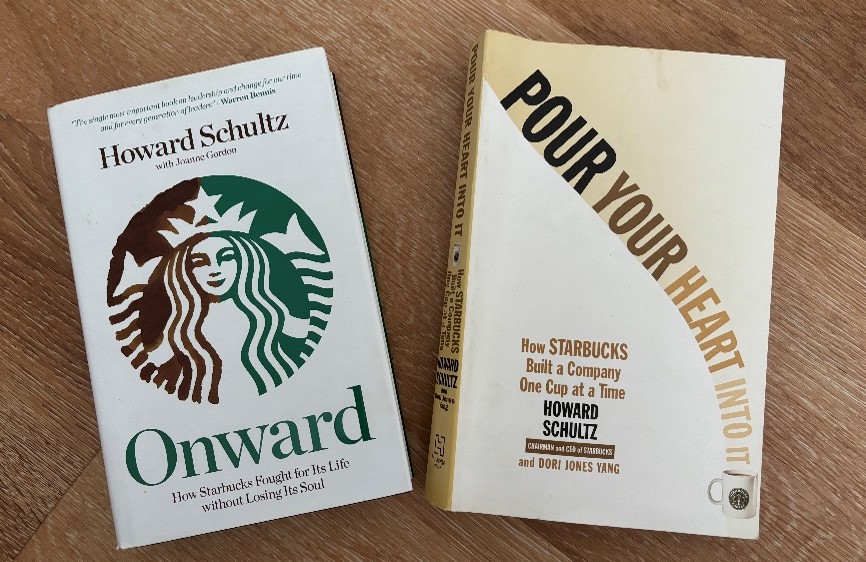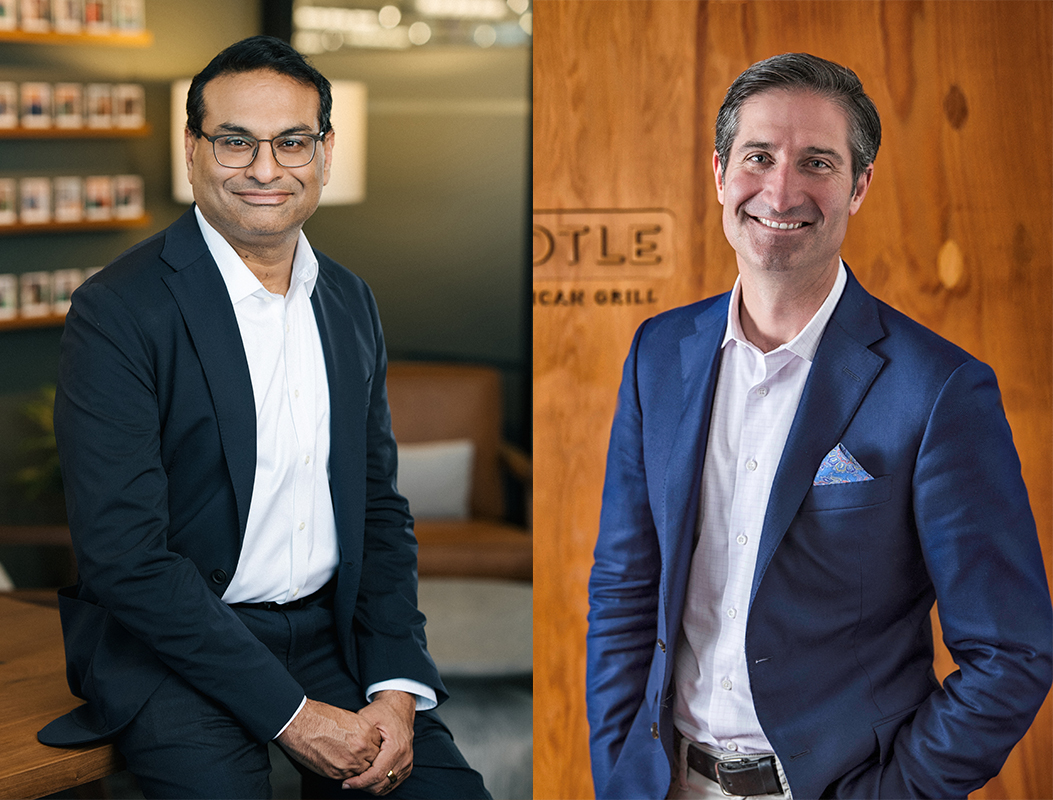As a member of the team responsible for the Global Blue Chip strategy, it is my job to identify companies for investment that I believe possess a high probability of achieving returns for our investors that are aligned with (or better yet, exceed) your expectations. From the inception of the strategy, we have endeavoured to communicate our approach openly and we regularly write to you about the changes implemented and the rationales behind these.
We think it’s important for our investors to be aware of what they own (and why). Not only does this transparency enable you to hold us to account if we show signs of deviating from the stated approach but we also hope the existence of a well-defined and proven process provides comfort during times of market turbulence. Typically, we seek to enhance understanding of the methodology by centring discussions around stocks you own. However, there are also lessons contained in the stocks we choose to forgo and one of these is the topic for this week’s update – Starbucks.
We first become interested in the company in July 2022 after witnessing the share price fall almost 50% from its post-Covid highs. Whilst such moves are relatively common in equity markets (even among global leaders like Starbucks), the company had significantly underperformed the broader index which presented a deviation that piqued our interest.
At the time, it had recently been announced that the then CEO, Kevin Johnson, would be stepping down and Howard Schultz would be returning, for a third stint, as the head of the company he was responsible for transforming into a household name.
Luckily, Howard had chosen to document both of his previous terms via two fantastic books (Pour Your Heart Into It and Onward). These helped us piece together a detailed account of both the evolution of the business and the challenges it had faced (and ultimately surmounted) along the way.

Armed with these insights along with information gathered from trawling through quarterly statements and transcripts and a thorough scrutiny of the company’s accounts, we completed our analysis and concluded that Starbucks possessed the quality characteristics we seek in our investee companies. This allowed us to value the business and determine the price we would be prepared pay for exposure to its stream of future cash flows (for reference this was approximately $80). By the time we had concluded our work in September 2022, the shares had recovered slightly and were trading in excess of this level so we assigned the stock to our ‘bench’ and continued to monitor the developments over the subsequent quarters.
This monitoring serves two purposes. First and foremost, we want to be alert to clues that cause us to question the quality of the business. The price target identified is only valid if Starbucks remains a quality company and you don’t want to learn about the deterioration of a business after a retracement has lured you in. Secondly, we want to keep abreast of any new developments that might alter the company’s cash generation profile. Put simply, we continue to ask ourselves “Is this still a good business?” and “Has anything happened since that would give us the confidence to increase the price we are prepared to pay?”.
Later that year, Starbucks announced they had appointed a new CEO, Laxman Narasimhan, who would spend his first six months working alongside Schultz. Having been aware of Laxman’s previous accomplishments at consumer goods giant Reckitt Benckiser, we were somewhat sceptical but remained open minded and willing to hear his plans.
In November 2023, Laxman unveiled the "Triple Shot Reinvention with two pumps" strategy which revealed a medium-term annualised revenue growth target of 10% culminating in a 15-20% earnings per share growth. Given this far exceeded the results the company had achieved in recent history and the heavy reliance on the store build-out in China, we were sceptical.

Just one quarter after unveiling this ambitious plan, management came out and slashed guidance expectations, proving our concerns warranted and adding further questions marks over management credibility. Our doubts were compounded when, in Q2 2024, they made another downward revision, propelling the shares back below our $80 price target.
Ordinarily, we would look to take advantage of this opportunity by initiating a purchase but we now felt justified in demanding a higher margin of safety to compensate us sufficiently for the lack of faith we had in management. We therefore lowered our price target substantially and continued to watch from the sidelines.
Last week, the company made the surprise announcement that the board had decided to replace Narasimhan with the current Chipotle CEO Brian Niccol, and that Narasimhan would step down with immediate effect. It was a decision the market signalled its approval of, with $10 billion wiped off the market capitalisation of Chipotle and $20 billion added to Starbucks in a single session ($10 billion attributable to the apparent value of Niccol and a further $10 billion associated with the removal of Narasimhan). Starbucks shares are currently trading around $95, which is significantly above our revised price target and almost 20% above our initial $80.
So, what does this mean for our interest in Starbucks and what insights should our investors take from this?
Whilst we hope Niccol proves more credible than his predecessor, we reserve the right to remain professionally sceptical. Turn-arounds take time to implement, and it may be a few quarters before we understand the full extent of the damage Narasimhan's leadership has had on the business and possibly longer to determine if Niccol is the right candidate to right the ship. Chipotle is not a company we have previously invested in and whilst we are familiar with the business we are currently working through the transcripts to get a better understanding of Niccol, the challenges he has faced and how this knowledge might be transferred to tackling the trials at Starbucks.
For our investors, we believe this example demonstrates the following:
- Our unwillingness to compromise on quality. This includes thorough analysis of tangible metrics (like the company’s financials) but also extends to more subjective elements like the quality of management.
- An ability to remain objective and a willingness to change our mind when the facts change - even if this contradicts a belief we have previously communicated. We try to avoid the trap of sticking to our guns even if owning your mistakes can be uncomfortable.
- Our focus on the quality of decision rather than the quality of outcome. If we had invested at $80 (despite our concerns over management credibility) our investors would currently be sitting on an almost 20% gain. However, at the time of investment there was no concrete indication that Narasimhan was going to be replaced or if his predecessor would be any better. If, in future, we are faced with a similar set of choice we would take the same action.
Starbucks remains on our bench list and we continue to monitor the company and Niccol’s impact with interest.
If you have any questions about our process or the Blue Chip fund in general, please don’t hesitate to contact the team.
Please note that, due to the bank holiday, our next weekly update will be on Tuesday 27th August.

